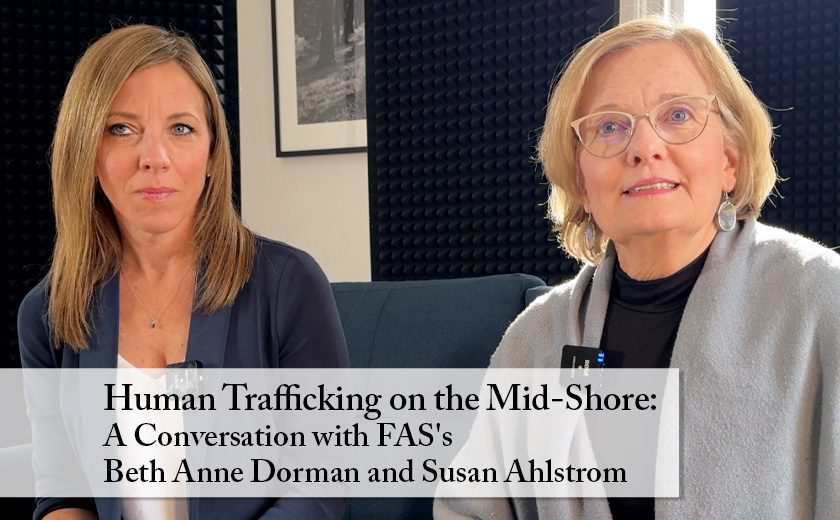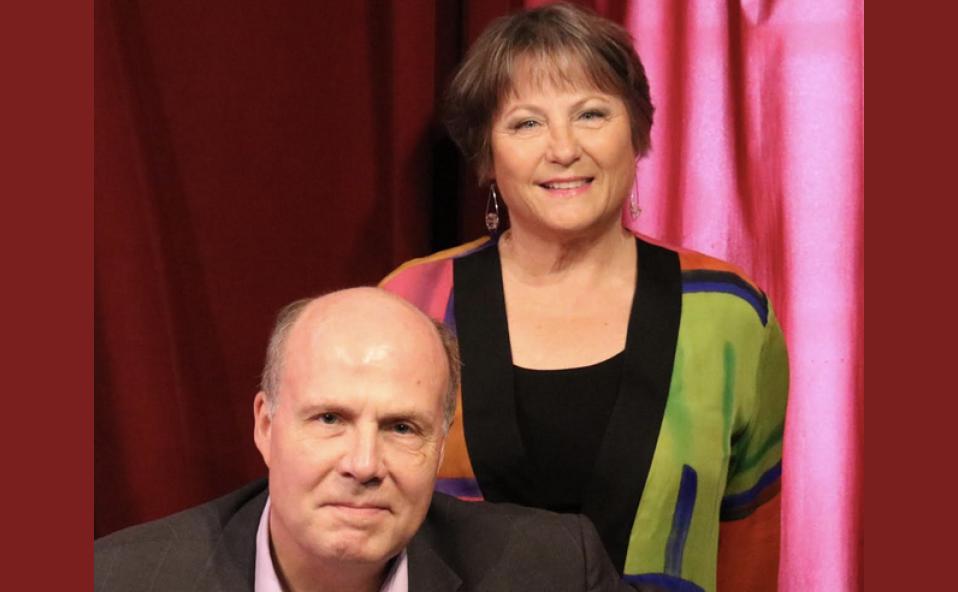For the record, Queen Anne’s County has never preserved more agricultural land in its history than last year. With the combination of Maryland MALPH grants and matching funds, a remarkable $5 million was allocated to purchase conservation easements in 2023.
The County’s success in land preservation in 2023 is attributed to state and local funding programs, strategic planning, and community involvement. However, the foundation of the County’s preservation efforts is the Maryland Agricultural Land Preservation Foundation (MALPF) and its matching fund program.
This program is primarily funded through an agricultural transfer tax levied when farmland is converted to residential use. In Queen Anne’s County, 80% of this tax is retained locally, with the remainder sent to the state to support MALPF.
In 2023, the state of Maryland allocated $95 million to land preservation, with each County receiving an equal share of approximately $1.8 million. Counties contributing their funds towards conservation can receive additional matching funds from the state, amplifying their capacity to secure agricultural easements.
Queen Anne’s County has been particularly innovative in its approach to funding land preservation. In addition to utilizing the agricultural transfer tax, the County has leveraged revenue from a solar fee tax, directing these funds toward land preservation. This approach supports the County’s preservation goals and mitigates some of the impacts of solar farm development on agricultural land.
Despite these successes, Queen Anne’s County, like all of the state’s counties, is facing significant challenges in the future.
Maryland has projected substantial reductions in land preservation funding for 2025 and 2026, with anticipated budget cuts of two-thirds from the 2024 levels. This reduction poses a real threat to the County’s ability to continue its land preservation efforts at the current scale. The County’s proactive measures, such as leveraging solar fee taxes, may provide some cushion against these cuts, but the overall effectiveness of land preservation initiatives is likely to be impacted.
In response to these challenges, county officials and advocates for land preservation are calling for sustained commitment to funding preservation programs. They argue that the investment in land preservation not only supports local agriculture and maintains the County’s rural character but also offers a strong return on investment by stimulating local economic activity and ensuring the continued vitality of the agricultural sector.
The Spy asked Donna Landis-Smith, who has headed up this project for the last 19 years for Queen Anne’s County Soil Conservation department, and QAC’s commissioners Jim Moran and Jack Wilson, two of the program’s leading advocates, to discuss how successful this state-local program has been and the challenges of funding these priorities in the future.
This video is approximately 12 minutes in length.



 This weekend we will travel to Piemonte to taste the “Fosche” Piemonte DOC Chardonnay ($20.25) from the Vite Colte winery in Barolo. Vite Colte (Cultured Lives) was created under the patronage of the Terre da Vino Cooperative which was founded in 1980 and has approximately 5,000 hectares under vine. Vite Colte was founded in 2010 with the goal of identifying the best growers and vineyards in Piemonte, a lofty goal since Piemonte contains some of the most prized vineyards in Italy that produce Barolo and Barbaresco!
This weekend we will travel to Piemonte to taste the “Fosche” Piemonte DOC Chardonnay ($20.25) from the Vite Colte winery in Barolo. Vite Colte (Cultured Lives) was created under the patronage of the Terre da Vino Cooperative which was founded in 1980 and has approximately 5,000 hectares under vine. Vite Colte was founded in 2010 with the goal of identifying the best growers and vineyards in Piemonte, a lofty goal since Piemonte contains some of the most prized vineyards in Italy that produce Barolo and Barbaresco!







 Church Hill Theatre has put together a sophisticated night-club revue for January 20 to chase away the mid-winter blahs. An all-star array of performers, including talent from the Big Apple, will reprise favorite songs and music from Broadway musicals. CHT’s own version of the Stork Club or the Copacabana will provide an immersive experience that brings the music straight into our hearts. The program begins with a 6:30 cocktail hour and the curtain goes up at 7:30 pm
Church Hill Theatre has put together a sophisticated night-club revue for January 20 to chase away the mid-winter blahs. An all-star array of performers, including talent from the Big Apple, will reprise favorite songs and music from Broadway musicals. CHT’s own version of the Stork Club or the Copacabana will provide an immersive experience that brings the music straight into our hearts. The program begins with a 6:30 cocktail hour and the curtain goes up at 7:30 pm